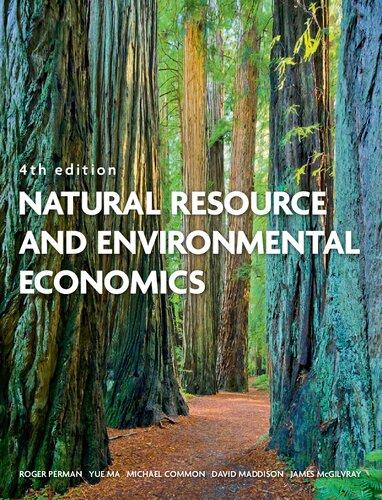The world consists of two countries, X which is poor and Y which is rich. The total
Question:
The world consists of two countries, X which is poor and Y which is rich. The total benefits (B)
and total costs (C) of emissions abatement (A)
are given by the functions BX = 8(AX + AY), BY = 5(AX + AY), CX = 10 + 2AX + 0.5A2 X and CY = 10 + 2AY + 0.5A2 Y
where the subscripts are used to denote the country, X or Y, in which abatement takes place.
(a) Obtain the non-cooperative equilibrium levels of abatement for X and Y.
(b) Obtain the cooperative equilibrium levels of abatement for X and Y.
(c) Calculate the utility levels enjoyed by X and by Y in the non-cooperative and cooperative solutions. Does the cooperative solution deliver Pareto improvements for each country, or would one have to give a sidepayment to the other to obtain Pareto improvements for each with cooperation?
(d) Obtain the privately optimising level of abatement for X, given that Y decides to emit at the level of emissions that Y would emit in the cooperative equilibrium. (You should find that the answer to
(d) above is that X does the same amount of abatement that she would have done in the noncooperative case. What property or properties of the cost and benefit function used in this example cause this particular result?)
(e) Suppose that Y acts as a ‘swing abater’, doing whatever (non-negative) amount of abatement is required to make the combined world abatement equal to the combined total under a full cooperative solution. How much abatement is undertaken in the two countries?
Step by Step Answer:

Natural Resource And Environmental Economics
ISBN: 9780321417534
4th Edition
Authors: Roger Perman, Yue Ma, Michael Common, David Maddison, James McGilvray






